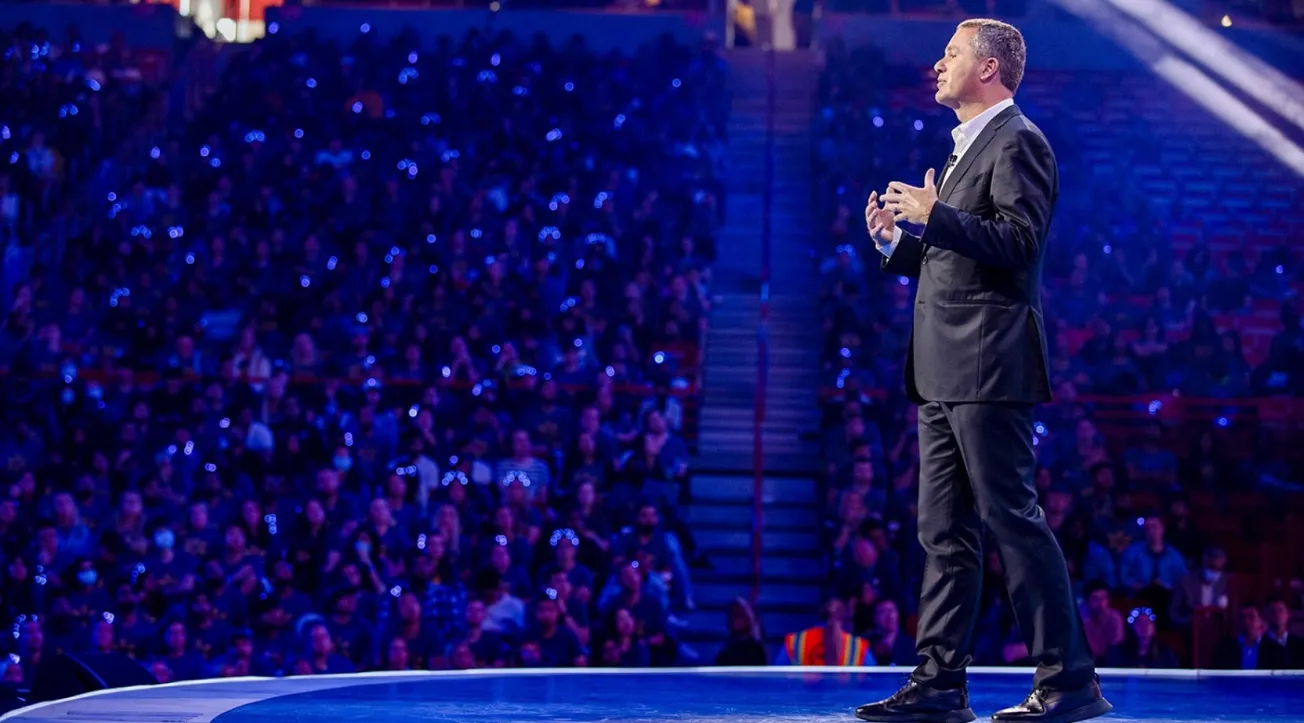AUBURN HILLS, Mich. — In the ever-shifting landscape of retail, the dynamics of the workforce and store merchandising are undergoing significant transformations. Both the composition of the workforce and the merchandising tasks they are assigned in the store are central to this change.
The structure of the retail workforce, whether managed by the store operator or a third party, has transitioned from a mostly full-time team to a mix of full-time, part-time and temporary employees. This is resulting in a near-constant need to adjust schedules to get the right people in the right positions at the right times, which has become one of retail’s most challenging efforts.
The tasks of retail staff have also adjusted to reflect the increase in the selecting of online orders in-store and variables like retail media. Employees are being asked to pick an order one hour, stock out product the next and then run a checkout line. While the variety might seem attractive, the different activities require different training in order to reach any level of competence.
The good news is that from technological innovations to changing consumer preferences, several trends are reshaping how retailers address workforce challenges and opportunities in their operations.
As is widely reported, automation and artificial intelligence are revolutionizing various aspects of retail, including workforce management and store merchandising. Retailers are increasingly deploying AI-powered systems for inventory management, demand forecasting and personalized merchandising. This not only enhances operational efficiency but also enables better customer experiences by ensuring products are readily available and tailored to individual preferences.
The traditional 9-to-5 work model is giving way to more flexible arrangements, driven in part by the rise of gig economy platforms. Retailers are leveraging this trend by hiring freelance workers for tasks such as merchandising, product demonstrations and in-store assistance. This flexibility allows businesses to scale their workforce based on demand fluctuations while providing job opportunities to a diverse pool of talent.
With the proliferation of online shopping, retailers are focusing on seamlessly integrating their physical and digital channels. This involves synchronizing inventory, pricing and promotions across all touchpoints to provide a unified shopping experience. From click-and-collect services to in-store digital displays, omnichannel integration is blurring the lines between online and off-line retail, driving increased convenience and customer satisfaction.
Consumers are increasingly seeking personalized shopping experiences tailored to their individual preferences. Retailers are leveraging data analytics and machine learning algorithms to analyze customer behavior and deliver targeted product recommendations both online and in-store. Whether through personalized promotions, curated product assortments or tailored loyalty programs, personalization is becoming a cornerstone of effective merchandising strategies.
In this era of heightened environmental and social consciousness, consumers are gravitating towards brands that prioritize sustainability and ethical sourcing practices. Retailers are responding by incorporating eco-friendly products, reducing packaging waste and transparently communicating their sustainability initiatives. Additionally, there’s a growing demand for ethically sourced goods, prompting retailers to partner with suppliers that adhere to fair labor practices and environmental standards.
To differentiate themselves from online competitors, retailers are investing in the enhancement of the in-store shopping experience, from before customers enter the parking lot until after they leave. This includes interactive displays, immersive technologies and experiential events aimed at engaging customers on a deeper level. By creating memorable and enjoyable experiences, retailers can drive foot traffic, foster brand loyalty and ultimately increase sales.
Visual merchandising plays a crucial role in attracting and engaging customers within physical retail spaces. To capture attention in today’s crowded marketplace, retailers are experimenting with dynamic displays, digital signage and interactive product demonstrations. These techniques not only showcase products in an appealing manner but also create a sense of excitement and urgency, prompting impulse purchases and driving sales.
Recognizing the importance of frontline staff in delivering exceptional customer experiences, retailers are prioritizing employee well-being and training initiatives. This includes providing competitive wages, flexible schedules and opportunities for career advancement. Moreover, retailers are investing in comprehensive training programs to equip employees with the knowledge and skills necessary to excel in their roles and deliver outstanding service.
The retail industry continues to undergo a profound transformation in terms of workforce management and store merchandising following the pandemic. From embracing automation and AI to prioritizing sustainability and enhancing in-store experiences, retailers are adapting to meet the evolving needs and preferences of today’s consumers. By staying abreast of these latest trends and leveraging them effectively, retailers can position themselves for success in an increasingly competitive marketplace.
Mike Matacunas is president and chief executive officer of SPAR Group, and Ron Lutz is global chief commercial officer.







